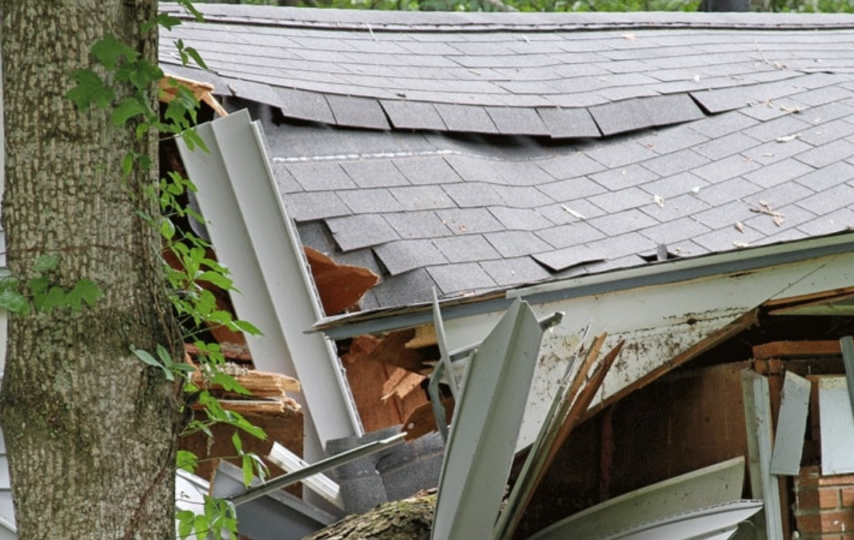Introduction:
In the aftermath of a storm, the chaos left behind can be overwhelming. From toppled trees to damaged roofs, the aftermath requires swift and effective storm damage restoration solutions. This article explores the key steps and solutions to renewing your property after the chaos of a storm.
Assessing the Damage:
The first step in storm damage restoration is a thorough assessment of the damage. This includes both visible and hidden destruction, ensuring a comprehensive understanding of the restoration needs. Here are some key aspects to consider:
1. Structural Damage:
- Inspect the foundation, walls, and roof for any visible cracks or shifts.
- Check for water damage, as leaks can weaken the structure over time.
2. Exterior Damage:
- Evaluate the condition of windows, doors, and siding.
- Look for damage to fences, decks, and outdoor structures.
- It’s important to inspect any wooden structures for signs of wear and tear, such as rot or insect damage. If you notice any issues, consider consulting resources like Big Tex for tips on how to restore a cedar fence effectively.
Swift Cleanup and Debris Removal:
Once the damage is assessed, prompt cleanup is crucial to prevent further deterioration and create a safe environment. Consider the following:
1. Clearing Debris:
- Remove fallen trees, branches, and other debris.
- Safely dispose of damaged items that cannot be salvaged.
2. Temporary Repairs:
- Conduct temporary repairs to prevent further damage.
- Cover exposed areas with tarps or boards to protect against the elements.
Professional Restoration Services:
Engaging professional storm damage restoration services is often the most efficient way to ensure a comprehensive and effective recovery. These services can include:
1. Water Damage Restoration:
- Addressing water damage through drying and dehumidification.
- Mold remediation to prevent health hazards.
2. Roof Repair and Replacement:
- Identifying and repairing roof leaks.
- Complete roof replacement if necessary.
Insurance Claims and Documentation:
Navigating the insurance claim process is a critical aspect of storm damage restoration. Proper documentation can streamline this process:
1. Documenting Damage:
- Take detailed photos and videos of the damage.
- Keep a record of all communication with the insurance company.
2. Seeking Professional Advice:
- Consult with a public adjuster for assistance in maximizing your insurance claim.
- Understand your policy coverage and exclusions.
Strengthening Your Property:
After immediate restoration, consider strengthening your property to withstand future storms:
1. Reinforcement Measures:
- Install storm shutters for windows and doors.
- Reinforce the garage door to minimize damage risks.
2. Landscaping Considerations:
- Choose wind-resistant trees and plants for landscaping.
- Properly trim and maintain existing foliage to reduce potential hazards.
Conclusion:
Renewing your property after storm damage is a multifaceted process that demands attention to detail and strategic planning. From the initial assessment to engaging professional restoration services, each step plays a crucial role in restoring your property to its pre-storm condition. By combining immediate action with long-term strengthening measures, you can ensure a more resilient and secure living environment. Remember, in the face of chaos, renewal is not just possible—it’s achievable with the right approach.



